LGR5: A stem cell biomarker that potentiates WNT pathway
LGR5 (Leucine-rich repeat-containing G-protein-coupled receptor 5), also known as GPR49, is an adult intestinal stem cell (ISC) marker. It is also expressed in stem cells in the antral stomach, hair follicles, mammary gland, and ovaries. Facultative stem cells, which are responsible for tissue repairing in the liver, pancreas, and stomach corpus, and cancer stem cells also express LGR5.
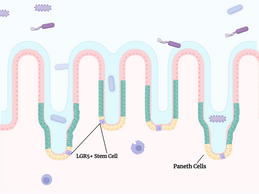
OriGene offers a range of tools for analyzing LGR5.
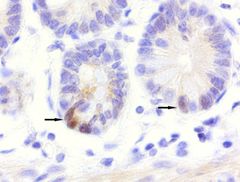
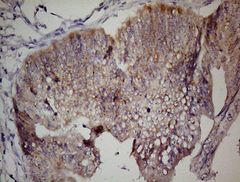
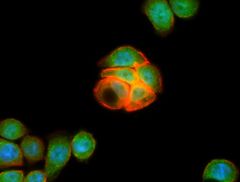
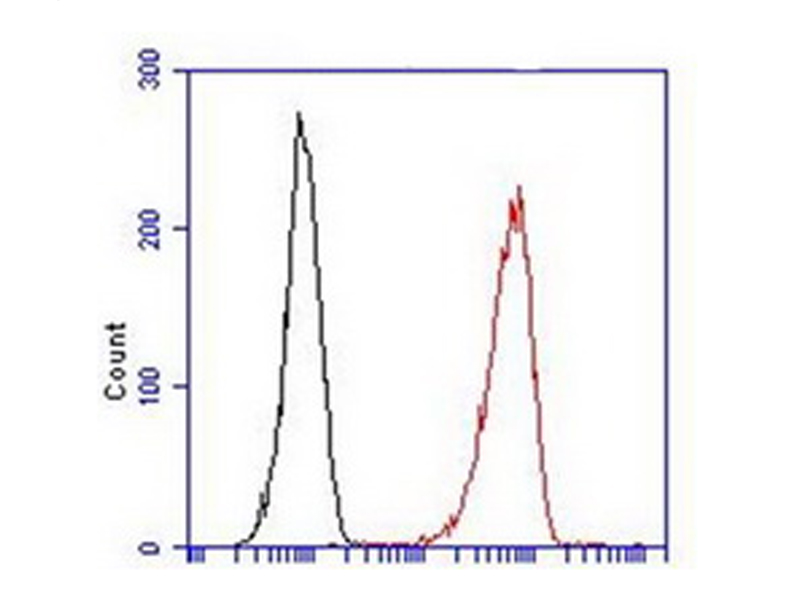
LGR5 Homologs
LGR4 LGR5 LGR6Tool for analyzing the Canonical WNT Pathway
WNT Frizzled LPR5/6 R-spondin RNF43/ZNRF3 Dishevelled SENP2 β-catenin β-catenin Destruction Complex SOX17 TCF TLE1Tools for analyzing the WNT Pathway Target Genes
LGR5 AXIN2 MYC JUN FOSL1 PPARD MMP7 CCN4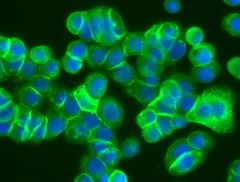
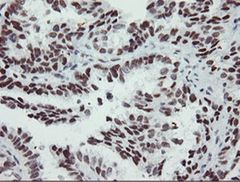


A critical modulator of the WNT/R-spondin (RSPO) signaling pathway
LGR5 and its close related homologs LGR4 and LGR6 (LGR4-6) belong to the rhodopsin family of G-protein protein-coupled receptors. As a high-affinity coreceptor of the secreted R-spondin (RSPO1-4) growth factors, LGR4-6 form complexes with R-spondins and the transmembrane E3 ubiquitin ligases, RNF43/ZNRF3. This interaction prevents the RNF43/ZNRF3-mediated degradation of the WNT receptor, Frizzled (FZD), thus stabilizing the WNT/FZD receptor complex and potentiating the subsequent β-catenin-dependent WNT signaling. The self-renewal of ISC is more responsive to R-spondin than WNT ligations, suggesting that the R-spondin-LGR5 axis carries more weight in WNT pathway induction in vivo.
Dysregulation of the RSPO/LGR5/RNF43 axis in human cancers
The WNT/β-catenin pathway is hyperactivated in various cancer types, including colorectal (CRC), gastric (GC), liver, uterine, and ovarian cancers. Among these, the WNT pathway plays an oncogenic driver role in CRC and GC. These cancers usually have significantly higher expression of LGR5 and frequently contain mutations in the genes involved in the RSPO-LGR5 axis (RSPO2, RSPO3, and RNF43) suggesting that LGR5 is not only a CSC marker but also a driving force in tumorigenesis.
References
- Yan et al. 2017 May. doi: 10.1038/nature22313
- Leung et al. 2018 May. doi: 10.1016/j.tcb.2018.01.010
- Lee et al. 2021 Sep. doi: 10.1038/s41598-021-97351-y
- Parsons et al. 2021 Oct. doi: 10.1158/2159-8290.CD-21-0190
- Fatehullah et al. 2021 Dec. doi: 10.1038/s41556-021-00793-9






























































































































































































































































 Germany
Germany
 Japan
Japan
 United Kingdom
United Kingdom
 China
China